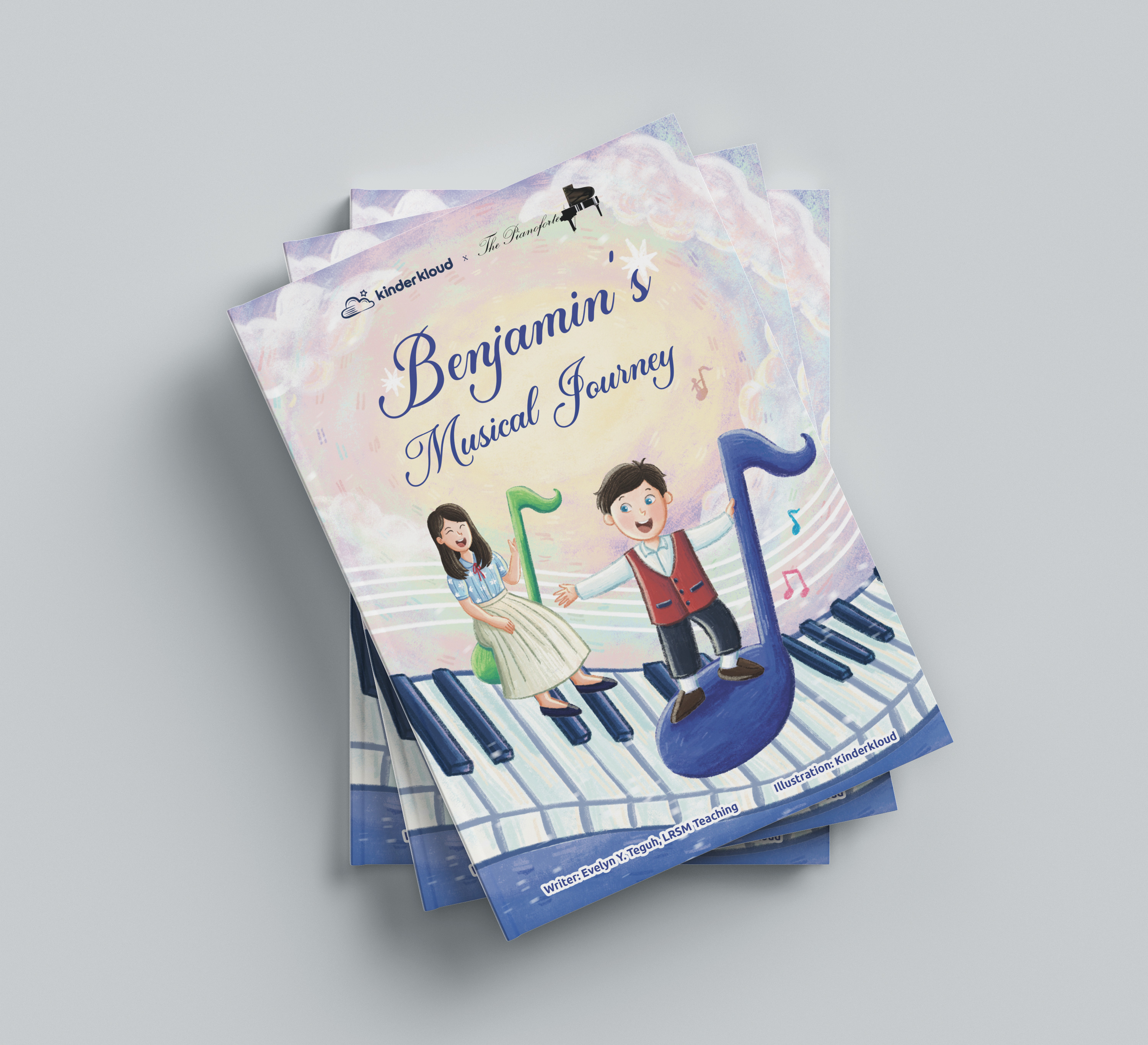Teaching Tips for Children with Autism Spectrum Disorder (ASD)

Every child has the same opportunity to learn and develop. This also applies to children who have special needs. Not only normal children, but children with special needs also have the same potential. Although there may be differences in treatment, it is possible that this special child can also live independently and have success in the future. Some cases of children with special needs that we often encounter, one of which is a child with a diagnosis of Autism Spectrum Disorder (ASD). So what is Autism Spectrum Disorder?
Quoted from psychiatry.org, Autism spectrum disorder (ASD) is a complex developmental condition that involves persistent challenges with social communication, restricted interests, and repetitive behaviors. This condition certainly has its own difficulties in carrying out learning activities. There are many challenges and things that must be considered in teaching children with Autism Spectrum Disorder. Here are some teaching tips for teaching children with Autism spectrum disorder:
1. Visual thinker
Children with diagnosed ASD usually think in pictures. His thoughts were like videotapes running through their imaginations. It can be said that pictures are the first language while words are the second language. Then it will be easier to teach autistic children by presenting visualizations of objects related to words. To learn about directions such as up, and down, it would be better if it could be practiced with objects or with the help of cards.
2. Non-verbal
Most ASD children are non-verbal. As explained earlier, words are like their second language. So it is necessary to pay attention to the following to teach autistic children, especially those who have verbal problems, namely:
- Avoid giving long instructions
Children with ASD usually have problems remembering sequences, so it is better to give instructions in short and clear sentences. Then it is also necessary to break the task into small parts. When teaching sequences, it is also necessary to use touch and motor skills.
- Unable to process visual and auditory input simultaneously.
Some typical non-verbal children are mono-channel. That is, they cannot see and hear at the same time. This is because their nervous system is immature. So they should be given a separate visual or auditory task.
- Relying more on the sense of touch in learning.
For children with autism it is easier to learn through feeling. They can study the daily schedule with objects, for example, if you want to teach children to eat schedules, we can let them hold the spoon 15 minutes before eating.
- Some individuals with ASD do not know that language or words are used for communication.
What we can do is facilitate them when they are learning the language of communication. Suppose if they ask for a plate, then give a plate. But if your child asks for a plate when they want a cup, give them a plate according to what they asked for. This is so that when they say the words, concrete things happen.
- Difficulty distinguishing sounds and consonants.
Some individuals with ASD usually have problems distinguishing consonants. For example, the words "Dog" and "Log". There are similarities in pronunciation. But they find it difficult to distinguish which is D and L between these words. So it is necessary to teach them how to emphasize consonants when pronouncing the word.
- Usually responds with singing better than with words.
Individuals with autism are usually better at responding to something if we sing it. However, there are also those who have a sensitivity to sound, it would be better if we spoke to them in a low voice or whisper.
3. Highly Artistic
Most individuals with autism are highly artistic. They are very good at drawing, art, and are also talented at computer programming. So we need to encourage this area of talent so that it becomes a skill and can be used for their future work.
4. Use Reinforcers
Reinforcers are something that can reinforce behavior in the future. Individuals with autism usually have one or more things that they really like. Then use these objects in the practice of teaching autism individuals.
5. Use Association Concepts for Learning
As explained earlier, individuals with ASD are usually visual thinkers. So what we need to do to teach autistic individuals is the association learning system by bringing up concrete visualizations. This also applies to teaching the concept of numbers to autistic individuals. For example, in learning fractions, you can use apples that have been split. In addition, the concept of association learning is also needed to teach a word to children. We have to say the noun while showing the card with the same picture to the individual.
6. Having Problems with Motor Control in the Hands
Many individuals with ASD find it difficult to learn to write because they have problems with motor control. So they often feel frustrated. For that, to help children enjoy writing, let them type on the computer.
7. Some Children with ASD Are Sensitive To Loud Sounds And Are Distracted By Light
Some individuals with ASD are susceptible to sounds. For example, the school bell, the squeaking sound of the chair and others. They will be frightened by these sounds. So in the learning process, initially we have to analyze the sound. Then we can use a tape recorder for them to learn to tolerate the sound and gradually increase the volume. Some individuals with autism are also sensitive to flashes of light which can distract them.
8. Some Children with ASD Have Visual Processing Problems.
Some children with ASD also have problems with visual processing. Suppose when they go up the escalator they can't determine when to go up or down. They are not sensitive to contrast. Then it is better for a white paper or some other neutral color.
9. Some Children with ASD Are Usually Hyperactive
Some children with ASD are hyperactive types who will be restless all the time. We can use a vest to put pressure on the clothes. This pressure helps calm the nervous system. The vest can be worn for 20 minutes and then removed for a few minutes.
10. Children with ASD Usually Have Problems with Generalization
To teach the concept of crossing, it cannot only be taught in one place but also must be taught at other crossing places. Likewise when teaching to use the toilet. This is used so that they can make generalizations.
11. Having Problems with Eating
In some cases, some individuals with autism are picky eaters because they are fixated on one detail of the food. Suppose only choose McDonald's. So we can get around this by including other foods in their places or food labels that they like.
That was information and tips for teaching children with an ASD diagnosis. Hopefully, it can be applied especially to parents and teachers who handle this special child.
By Salsabilatuzzahra Jaha from BehaviorPALS Center
Source:
https://www.psychiatry.org/patients-families/autism/what-is-autism-spectrum-disorder
Grandin, T. (2002). Teaching tips for children and adults with autism. Fort Collins, Colorado/EUA, http://www. autism. org/temple/tips. html.
Tips, Teaching, ASD
Special Needs / Berkebutuhan Khusus / Cognitive Development / Tumbuh Kembang Kognitif / Education / Pendidikan / Teaching Tips for Children with Autism Spectrum Disorder (ASD)
Comments















